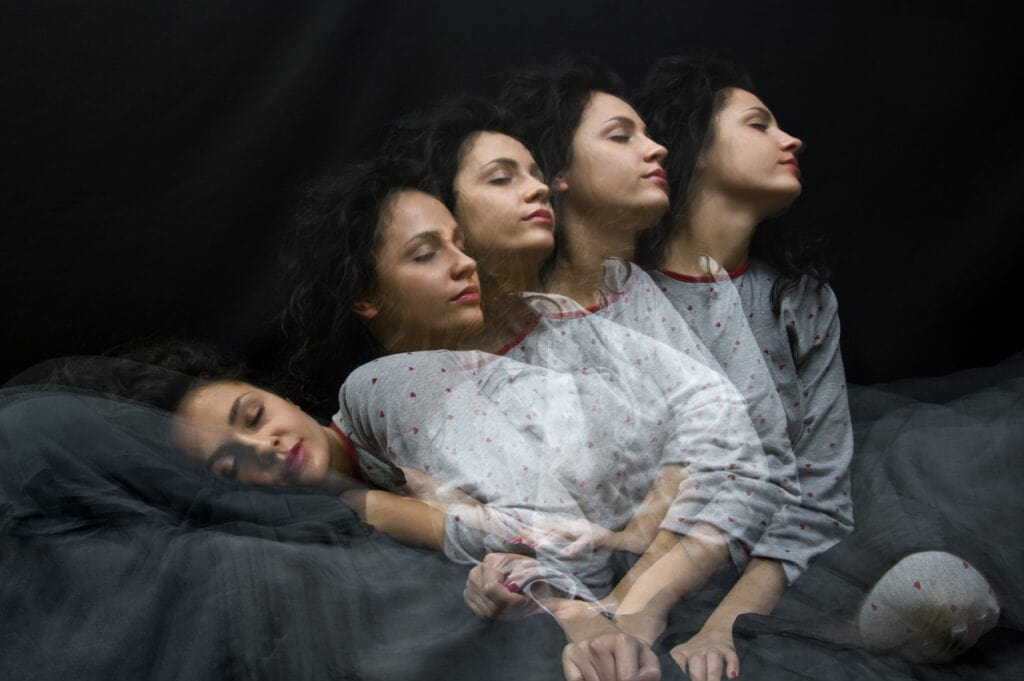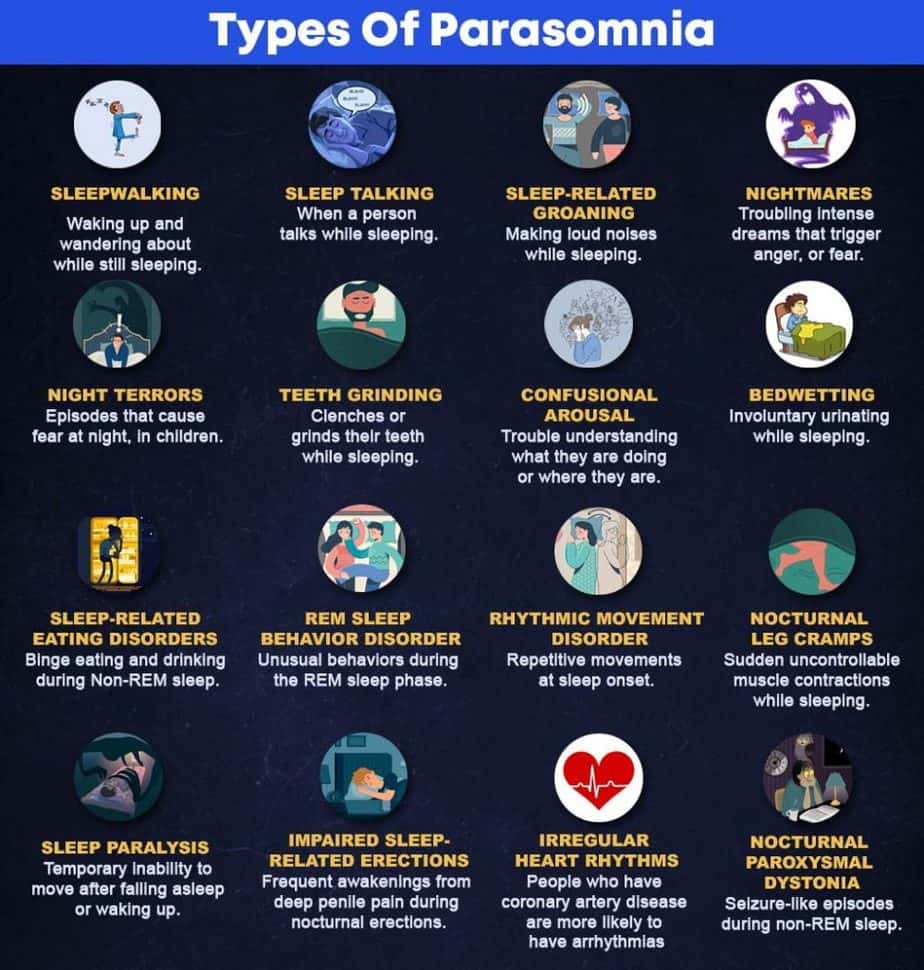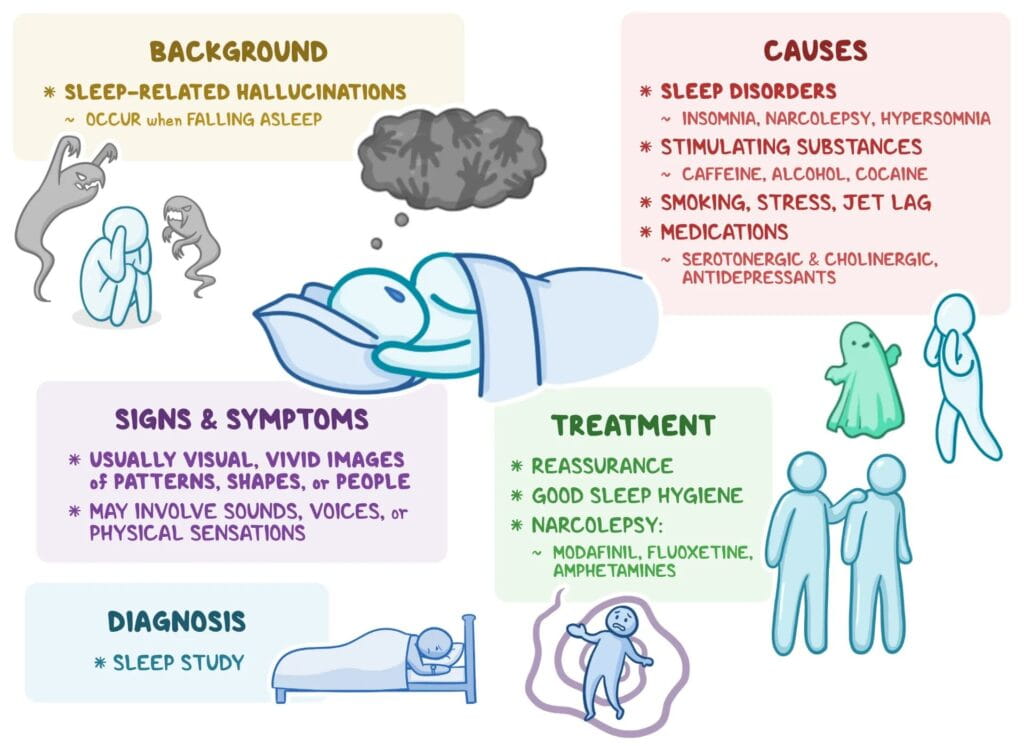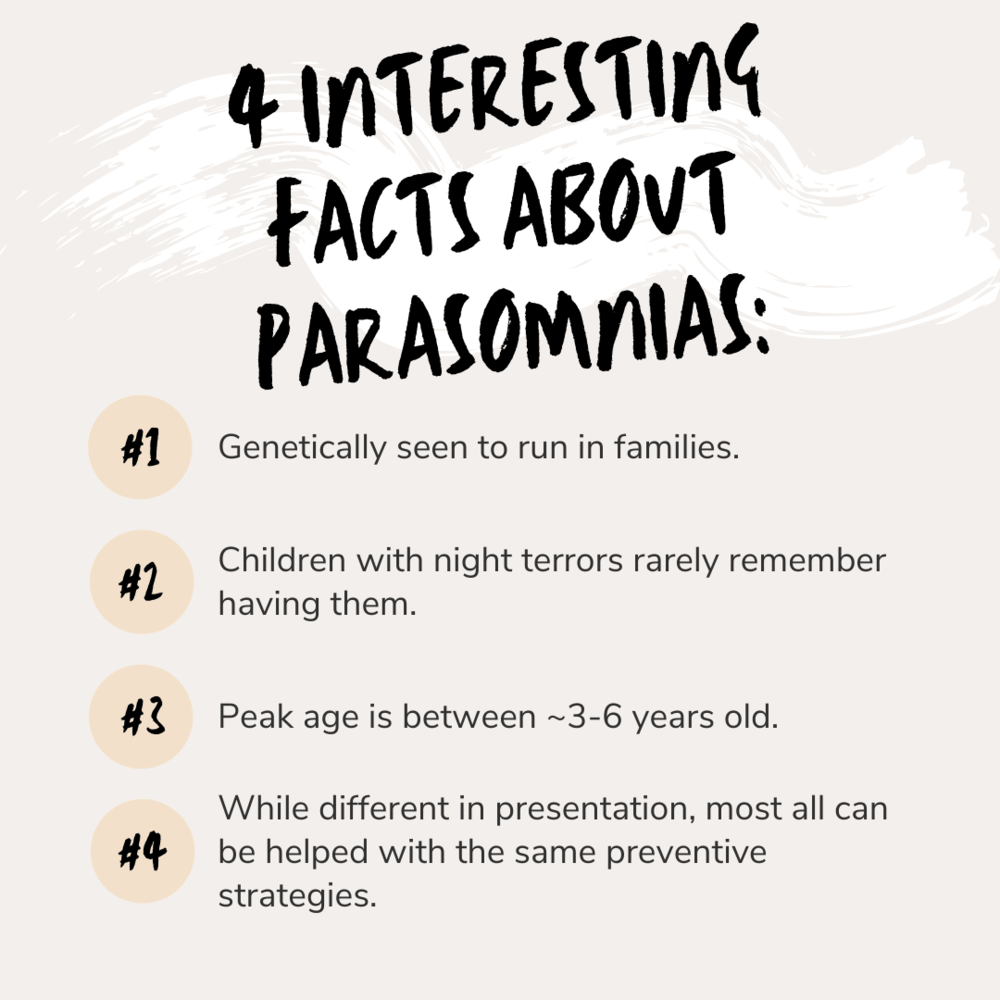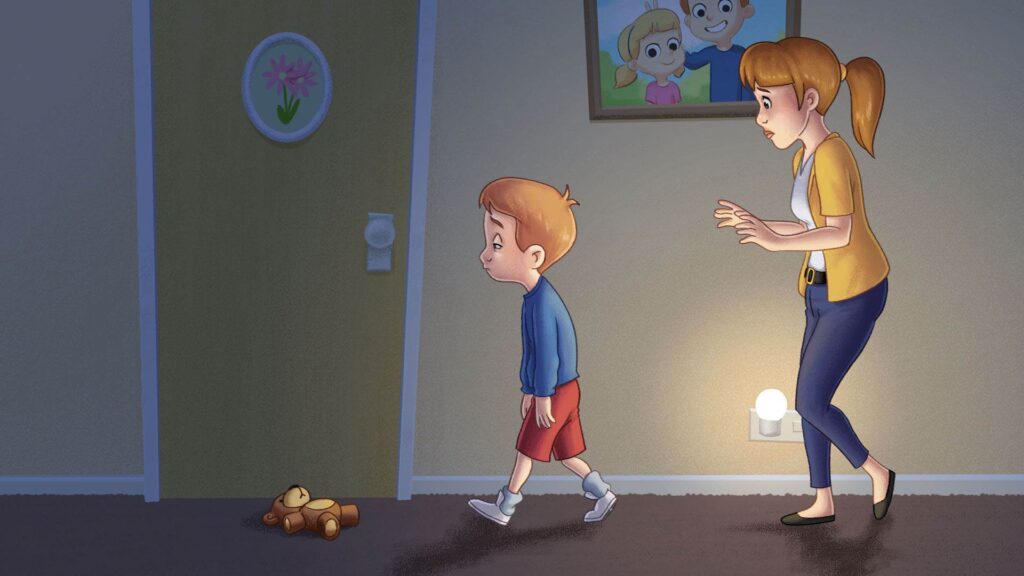PARASOMNIAS: DESTRUCTIVE SLEEP DISORDER
Parasomnias are disruptive sleep-related messes. Abnormal developments, talk, feelings and activities occur while you’re sleeping although your bed accomplice could believe you’re conscious. This includes strange and unfortunate actual occasions or encounters that disturb your sleep. A parasomnia can happen previously or during sleep or arousal from sleep. If you have parasomnia, you could have abnormal developments, talk, express feelings, or do surprising things.
Archaeologically, parasomnias were viewed as a conclusive indication of psychopathology, yet a few contemporary scientists contend these peculiarities happen as the mind changes all through sleep, as well as between quick eye development (REM) and non-fast eye development (NREM) sleep cycles. Parasomnias are more normal in youngsters than grown-ups, however, these ways of behaving have been recorded across various age gatherings.
WHAT CAN CAUSE PARASOMNIAS?
If you have parasomnia, you could move around, talk, or do surprising things during sleep. Others could believe you’re conscious, yet you’re oblivious. You normally don’t recall the episode. While parasomnias are normal, they can make it hard to get a relaxing sleep. The way of behaving could likewise disturb the sleep of others close to you.
Furthermore, some parasomnias can be hazardous because you’re ignorant about your environmental elements. They can likewise have wellbeing-related incidental effects, like mental pressure.
Some of the factors that may increase the risk of parasomnias:
- Genetics and having a first-degree relative with a parasomnia
- Restless legs syndrome (RLS)
- Periodic limb movements
- Sleep apnea
- Insomnia
- Sleep deprivation
- Chronic pain conditions
- Mental health conditions
- Some medications, such as sedatives
- Alcohol abuse
- Substance abuse (addiction) or withdrawal
WHAT ARE THE TYPES OF PARASOMNIAS?
Parasomnias are gathered by the phase of sleep in which they occur. There are two principal phases of sleep – non-quick eye development (Non-REM) sleep and fast eye development (REM) sleep.
- Non-REM parasomnias: This includes physical and verbal movement. You are not conscious or mindful during these occasions, are not receptive to others’ endeavors to communicate with you and you generally don’t recall or just somewhat recollect the occasion the following day. Some of the common Non-REM parasomnias include sleep terrors, Sleepwalking (somnambulism), Confusional arousals, and Sleep-related eating disorder
- REM parasomnias: During REM sleep, your eyes quickly move under your eyelids and your pulse, breathing, and circulatory strain are expanded. This is while clear dreaming happens. Parasomnias occur during the last option part of the evening. On the off chance that stirred during the occasion, it’s probably you’d have the option to review part or the entirety of the fantasy. REM parasomnias include Nightmare disorder, Recurrent isolated sleep paralysis, and REM sleep behavior disorder (RSBD).
- Other Parasomnias might include Exploding head syndrome, Sleep enuresis (bedwetting), Sleep-related hallucinations, Sleep-related groaning (catatonia), and Sexsomnia. Nightmares seem to happen all the more frequently in females. Sexsomnia is seen all the more frequently in guys. REM sleep conduct jumble is all the more usually revealed in guys over age 50. Sleep fear, confusional arousals and sleepwalking happen in a comparative number of guys and females.
WHAT ARE THE SYMPTOMS AND SIGNS OF PARASOMNIAS?
Besides the surprising way of behaving during sleep, parasomnia can cause different side effects. You may:
- Recurrent episodes of feeling paralyzed when falling asleep and waking up.
- Acting out of dreams.
- Wake up confused or disoriented.
- Wake up wondering where you are.
- Not remember doing certain activities.
- Find unfamiliar cuts on your body.
- Have difficulty sleeping throughout the night.
- Feel daytime sleepiness or fatigue.
DIAGNOSING A PARASOMNIA
Your sleep medication expert will ask you and your sleep accomplice about your sleep side effects. You will likewise be gotten some information about your clinical history, family ancestry, liquor use, and any substance misuse. You’ll be gotten some information about your ongoing prescriptions. You might be approached to keep a sleep journal and your bed accomplice might be approached to monitor your sleep occasions.
Diagnosis of parasomnias often includes:
- Medical history: Your doctor will ask about underlying medical conditions, current medications, family history, and lifestyle.
- Sleep Study (polysomnogram): This is a sleeping lab wherein you’ll be observed as you sleep. Your cerebrum waves, pulse, eye developments, and breathing will be recorded as you sleep. Video will record your developments and conduct. While some sleep studies should be possible at home, an in-lab study will be suggested on the off chance that there’s anxiety for parasomnia.
- Polysomnogram: In a polysomnogram, you sleep in a lab short-term so an expert can dissect your sleeping way of behaving. They’ll record your cerebrum waves, breathing, and pulse to decide.
- Video electroencephalogram (EEG) or sleep EEG: These tests help your medical services supplier see and record your mind’s action during a cerebrum occasion.
- Neurologic test, CT, or MRI sweep to recognize degeneration of the mind or other conceivable neurologic reasons for your side effects.
HOW TO TREAT PARASOMNIAS?
Parasomnia treatment depends on the type and severity. Your doctor might recommend the following:
- Medication: If your parasomnia is successive or repeating, medicine can assist with overseeing it. The most ideal decision relies upon your side effects. Then again, if your side effects are because of a specific drug, your PCP could suggest an elective medicine or a different portion. Try not to quit taking a prescription without your PCP’s permission.
- Cognitive-behavioral therapy: Cognitive behavioral therapy (CBT) is a typical parasomnia treatment. That is because parasomnia is in many cases connected with psychological well-being concerns, similar to stress and anxiety. Different techniques that might be utilized close by CBT include :Psychotherapy, Relaxation therapy, Hypnosis
- Home treatments: Some treatments can be done at home. Your doctor may suggest:
Scheduled awakenings: Scheduled awakenings are the point at which you awaken your kid around 15 to 30 minutes before they suddenly awaken. It might assist with limiting ways of behaving that follow a specific example. It’s frequently utilized for sleepwalking and night fear.
Safer sleep environments: If you sleepwalk or have RBD, you could have to sleep alone or eliminate perilous things from your home. You can likewise lock windows and entryways, put the bedding on the floor, and sleep with additional cushioning.
OUTLOOK
Parasomnia can make it hard to get quality sleep. It might likewise expand the gamble of mishaps and medical conditions because of the absence of rest. Luckily, parasomnia is treatable, so it’s vital to see a sleep specialist if you have strange sleep ways of behaving. They can investigate fundamental causes and give the best treatment to your side effects.
People Also Read:
- Effect of Post Covid Syndrome and Cognitive Impairment
- Bundle Branch Block – Causes, Symptoms and Treatment
If you or anyone you know is suffering from sleep disorders, our expert providers at Specialty Care Clinics will take care of your health and help you recover.
Call us on (469) 545-9983 to book an appointment with our specialists.

